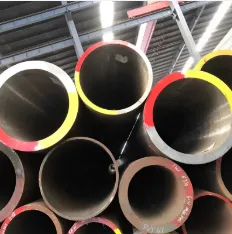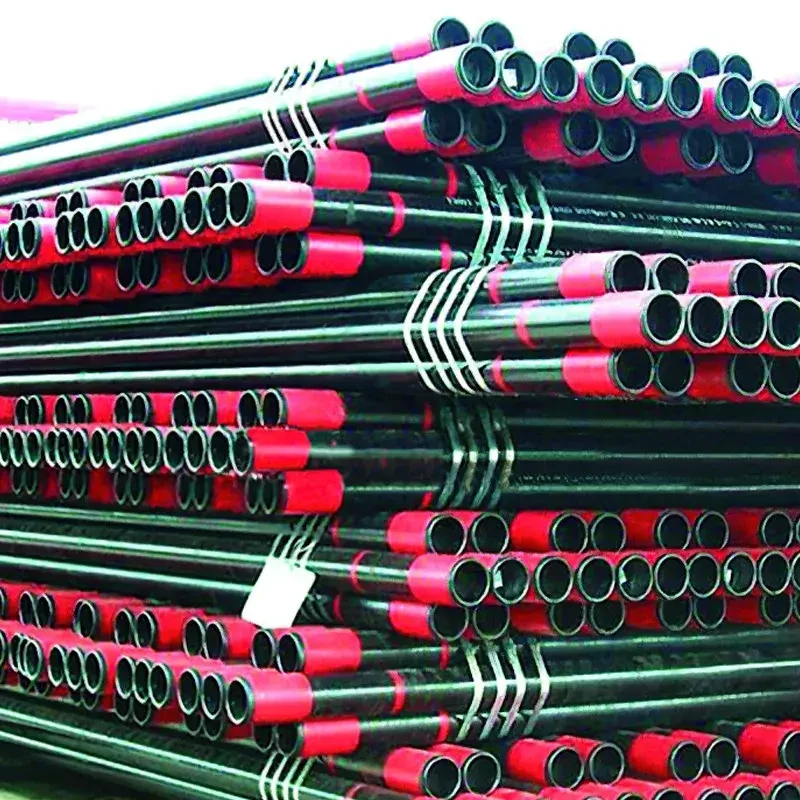

Professional insights consistently recommend verifying the exact grade-specific properties compatible with the requisite project needs. For instance, ASTM A53 Type E Grade B has certain pressure capacities and tensile strength, standards which IS 3589 can generally meet through its different classes. Engineers often confer with metallurgical consultants or industry experts to ascertain precise equivalency and compliance specific to the application. Trust in this cross-standard application comes from understanding the real-world performance of these materials. Through years of empirical use, both ASTM and IS standards have demonstrated reliability, with industries continuing to successfully execute projects across civil, mechanical, and structural fields using these standardized pipes. The credibility of these steel standards is built on rigorous testing and global expert validation. For those entering the market or seeking detailed technical advice, connecting with local suppliers well-versed in both ASTM and Indian standards provides a bridge to better materials management. Associations and certifications by steel authorities further add a layer of trust and assurance in choosing the right material, ensuring not just compliance, but also safety and durability of the projects concerned. In conclusion, ASTM A53 and Indian standards IS 1239 and IS 3589 present two historically rich and reliable frameworks for steel pipe selection. Understanding these standards' equivalences contributes significantly to cross-border procurement strategies and enables industry professionals to deliver quality and compliant infrastructure development across economies, reinforcing trust in aligned decision-making.
Post time: Фев . 02, 2025 05:37
Prev:

















